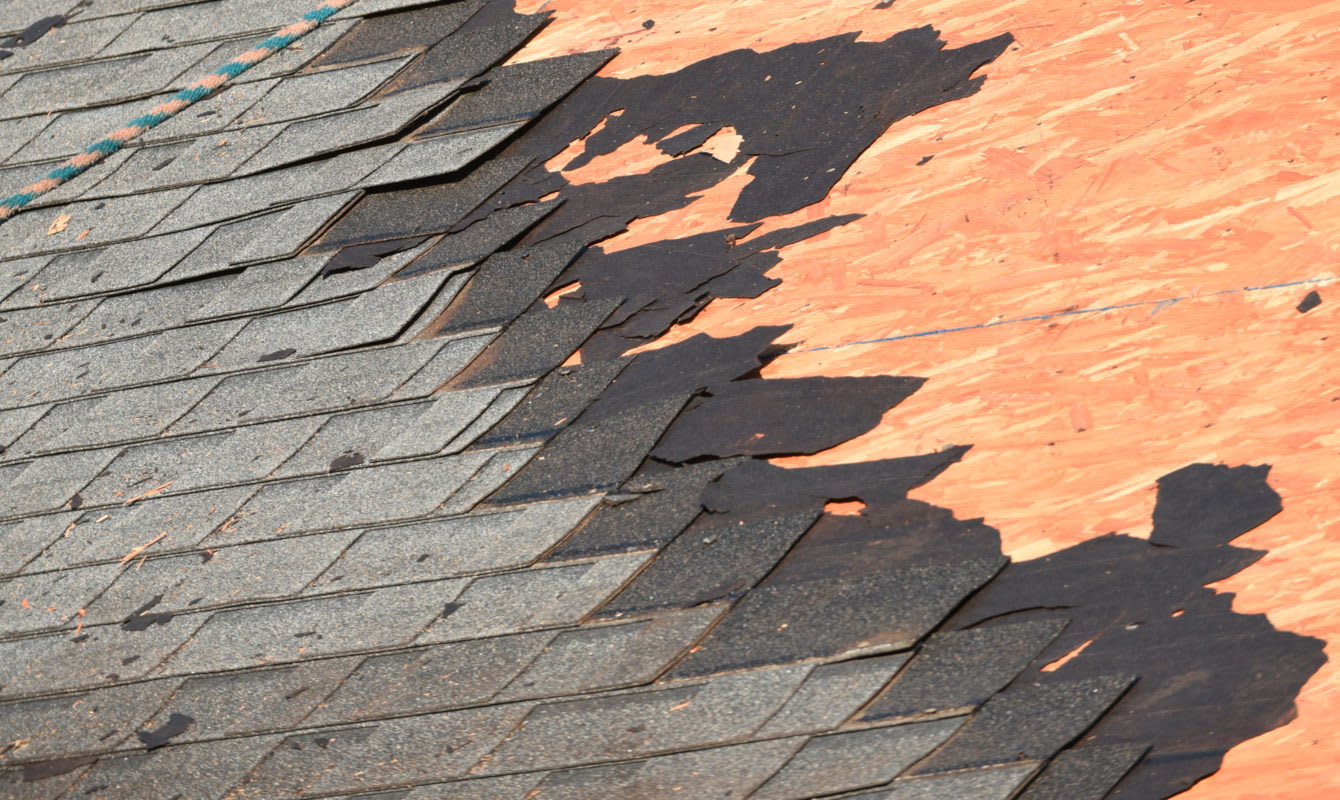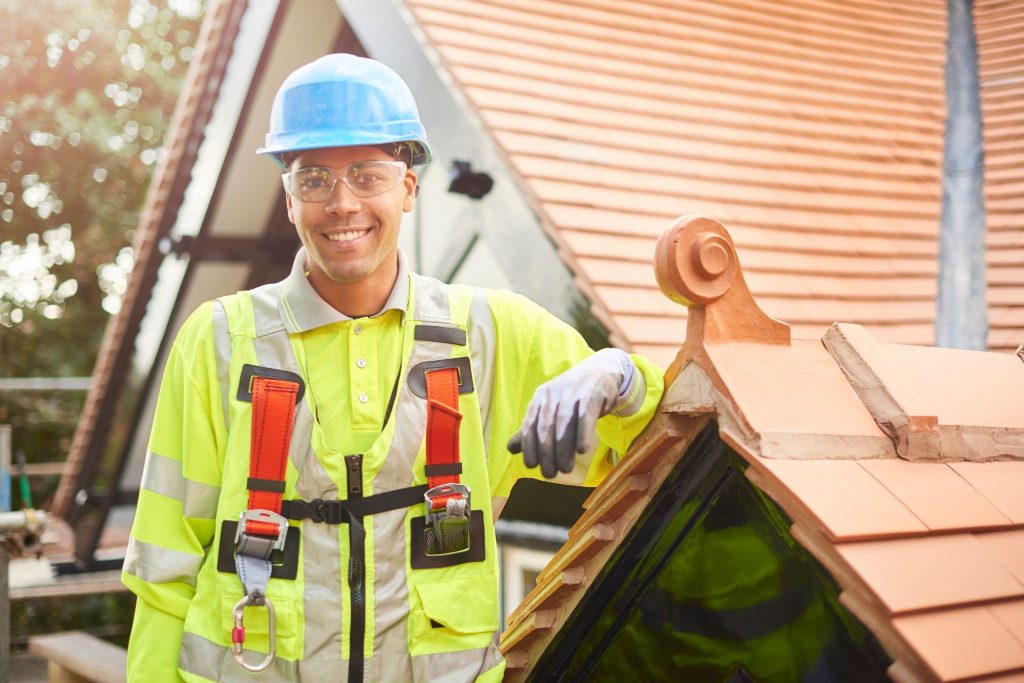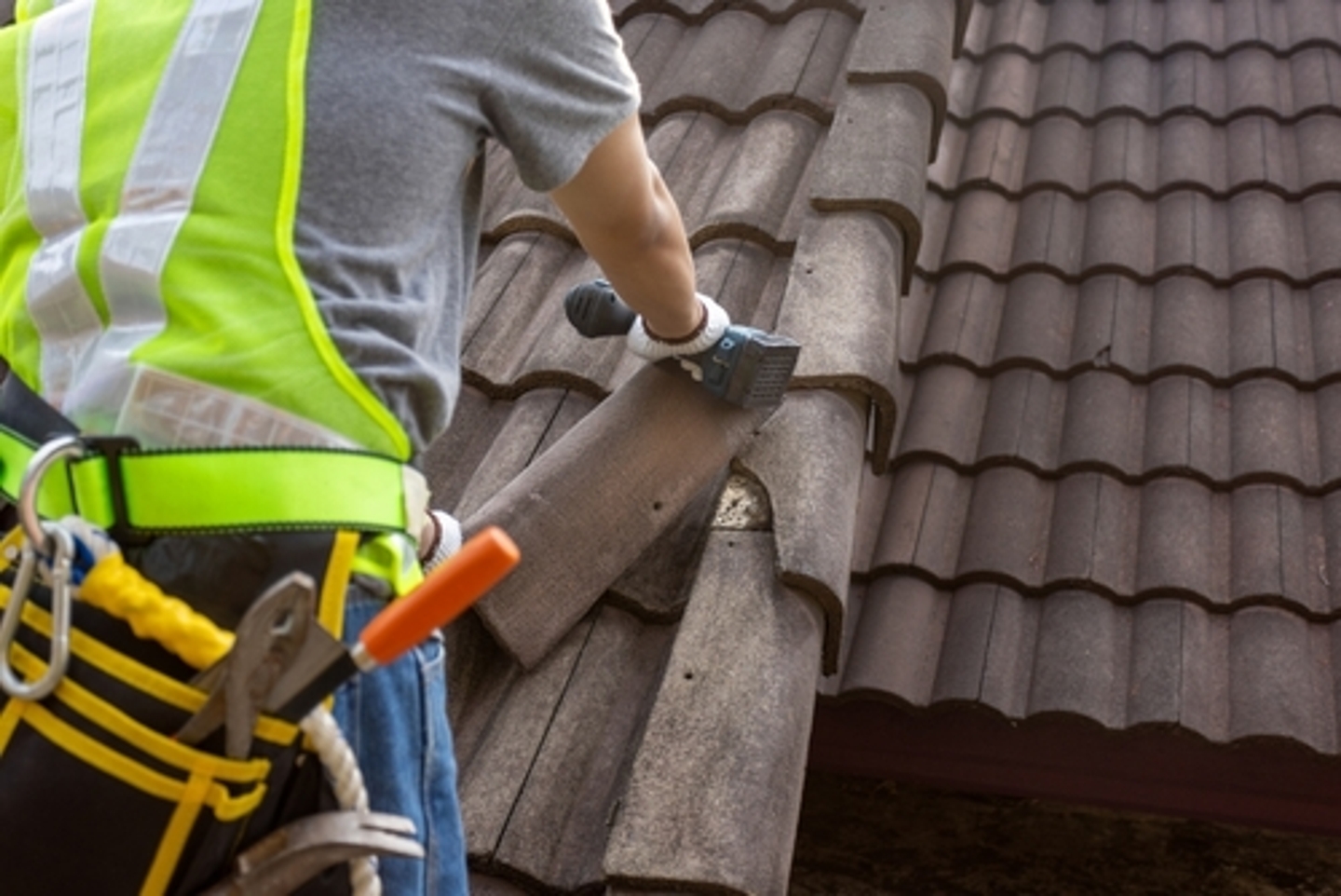Trick Considerations for a Successful Roof Covering Setup: Attaining Durability and Efficiency
In getting started on the trip of roof installment, one should focus on essential factors to consider to make sure both longevity and performance. The choice of products, tailored to stand up to regional environment conditions, plays a crucial function in maintaining structural honesty. Similarly crucial is the style, which need to fit correct water drainage and supply adequate assistance. Embracing ideal practices during setup can dramatically mitigate potential problems such as wetness accumulation and power inadequacy. As we discover these facets, it becomes apparent that a successful roofing installment is not just concerning covering a framework yet about crafting a resilient and sustainable service. What are the crucial components that absolutely make a difference?
Picking the Right Products

Climate plays a pivotal duty in product choice. In regions vulnerable to hefty rainfall or snow, materials like asphalt tiles or metal roofing with high water resistance are advisable. Alternatively, in warm climates, products with reflective buildings, such as trendy roof membranes or floor tiles, can help in reducing power expenses by deflecting sunshine.
Budget plan factors to consider likewise influence product choice. While costs materials like slate or clay floor tiles use long-lasting performance, they feature higher ahead of time costs. Nonetheless, they can verify cost-effective gradually due to their marginal maintenance requirements and expanded life expectancy.
Last but not least, the architectural design of the structure should balance with the roof covering material. Traditional homes may profit from wood tiles, whereas modern structures may decide for streamlined metal finishes. By very carefully considering these variables, you can select materials that line up with both practical and visual goals.

Understanding Roof Layout
Recognizing roof covering layout is crucial in attaining a well-functioning and cosmetically pleasing structure. The design of a roof influences not just the visual appeal yet likewise the structural integrity and capability of the structure. A thoughtfully designed roof covering can improve the overall building design while making sure efficient water drainage, insulation, and air flow.
Trick aspects of roof covering style consist of the pitch, shape, and structural support group. The pitch, or incline, determines how effectively water and particles are lost from the roof surface, impacting the life expectancy of roof covering products. Usual roof shapes include gable, hip, flat, and mansard, each offering unique advantages and visual high qualities. Gable roof coverings are preferred for their simpleness and reliable water losing, while hip roofings supply phenomenal security in high wind locations.
Architectural assistance systems, such as trusses and rafters, are important in distributing weight and maintaining the roof covering's stability. Proper layout makes sure that the roofing system can withstand ecological tons and stand the original source up to contortion. Additionally, incorporating attributes like overhangs and eaves can secure the building's façade and boost energy efficiency by giving shade and reducing warm gain.
Ultimately, a well-considered roofing design equilibriums form, work, and sturdiness, contributing to the long-lasting success of the installment.
Climate Factors To Consider

In warm and sunny climates, roof covering products should show, as opposed to absorb, solar warm to keep power efficiency and stop too much thermal development, which can lead to material deterioration - Keep Dry Roofing St Peters MO. Alternatively, in colder regions, products must offer appropriate insulation to protect against heat loss and endure freeze-thaw cycles that can trigger splitting and various other architectural problems
In addition, the selection of shade and coating can considerably affect a roofing system's thermal performance, especially in areas with extreme temperature variants. Neighborhood structure codes usually supply guidance on ideal products and styles, showing regional climate concerns. A detailed understanding of climatic conditions is vital for picking products and layouts that ensure a roofing system's optimal performance over its life-span.
Installation Best Practices
Reliable roof setup is an important part of making sure long-lasting resilience and performance. Following best techniques throughout setup not only safeguards structural honesty but likewise minimizes pricey future repair services. Firstly, picking the ideal materials is critical. Using high-grade tiles, underlayment, and blinking tailored to the certain climate and structure layout will certainly boost the roofing system's strength.
Just as important is the preparation of the roofing deck. Ensuring that the deck is tidy, dry, and structurally audio prior to installment avoids problems such as leakages and early wear. Proper air flow is an additional essential consideration, as it mitigates moisture buildup and thermal tension, therefore lengthening the roofing system's life expectancy.
Accuracy in measurement and placement during the installation procedure is essential. This involves precise placement of roof shingles and precise attention to overlapping, which stops water ingress. Using specialist, competent labor ensures these requirements are satisfied, decreasing the danger of errors that could endanger the roof covering's efficiency.
Power Effectiveness Techniques
Enhancing a roofing system's energy performance is a calculated factor to consider for minimizing energy prices and environmental impact. By picking appropriate materials and technologies, homeowners and builders can dramatically enhance the thermal efficiency of a roof covering, thus reducing energy consumption.
Furthermore, the consolidation of sufficient insulation is critical in protecting against warmth transfer in between the inside and exterior of a building. Insulation materials with high R-values, such as spray foam or stiff foam boards, work in maintaining a Continue constant interior temperature level, therefore optimizing cooling and heating system effectiveness.
Moreover, the combination of solar panels on rooftops not only creates renewable resource yet can likewise provide shade, further decreasing heat gain (Keep Dry Roofing St Peters MO). Innovations like cool roofings, which use coverings to show more sunshine, are likewise obtaining popularity for their ability to decrease roofing system temperature levels
Conclusion
Finally, achieving a successful roofing system installation necessitates a detailed method that integrates the choice of premium materials customized to details weather problems, thoughtful style factors to consider for ideal water drainage and structural stability, and adherence to precise installation practices. These aspects jointly guarantee the avoidance of wetness accumulation and thermal stress, therefore improving the roof's resilience and effectiveness. Including techniques to enhance power efficiency additionally adds to decreasing maintenance demands and decreasing power intake over the roof's lifespan.